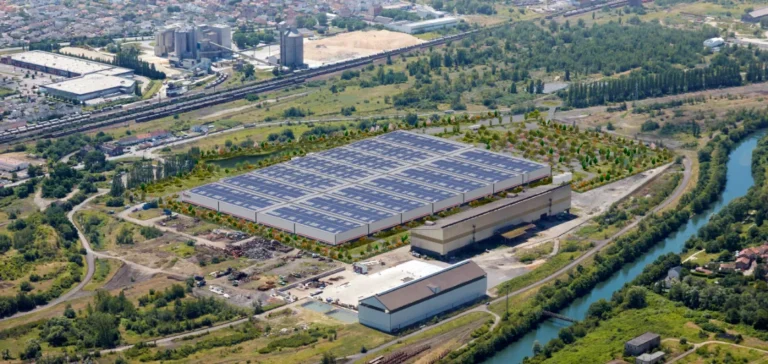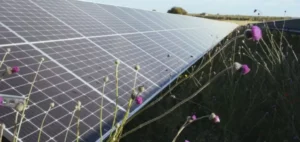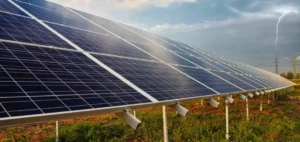Agricultural machinery manufacturer AGCO announced it had signed a ten-year virtual power purchase agreement (VPPA) with Spanish renewable energy producer BRUC. The deal supports the development of a 100-megawatt (MW) solar photovoltaic power plant located in northwestern Spain, which is expected to reach commercial operation by late 2026.
A strategic project for European consumption
The solar project developed by BRUC is expected to generate around 200 gigawatt-hours (GWh) of electricity annually, part of which will be allocated to cover AGCO’s electricity demand in the Europe and Middle East region. This contract model enables AGCO to secure long-term fixed-price electricity without the physical delivery of energy.
The VPPA aligns with AGCO’s indirect procurement strategy aimed at reducing its scope 2 greenhouse gas emissions, which result from purchased electricity at its operating sites.
Supply chain optimisation and price visibility
The agreement also contributes to AGCO’s supply chain optimisation efforts. According to company management, the price stability provided by the VPPA will help strengthen operational resilience in Europe. The project will also allow the company to secure energy volumes amid wholesale market price volatility.
Spanish company BRUC, which manages several solar and wind assets across the country, sees such agreements as a key financing tool for its long-term project pipeline. The agreement with AGCO adds to a series of partnerships with industrial players seeking to stabilise their energy access.
Regional deployment and external advisory involvement
Construction of the photovoltaic unit is scheduled to begin in the second half of 2025. It will generate electricity that is not physically delivered to AGCO’s facilities but is instead injected into the Spanish grid. AGCO will then offset its actual consumption through certificates linked to that production.
The deal was advised by Schneider Electric, which supported the contract structuring. AGCO stated it may replicate this model in other regions where direct renewable energy sourcing is less feasible.






















